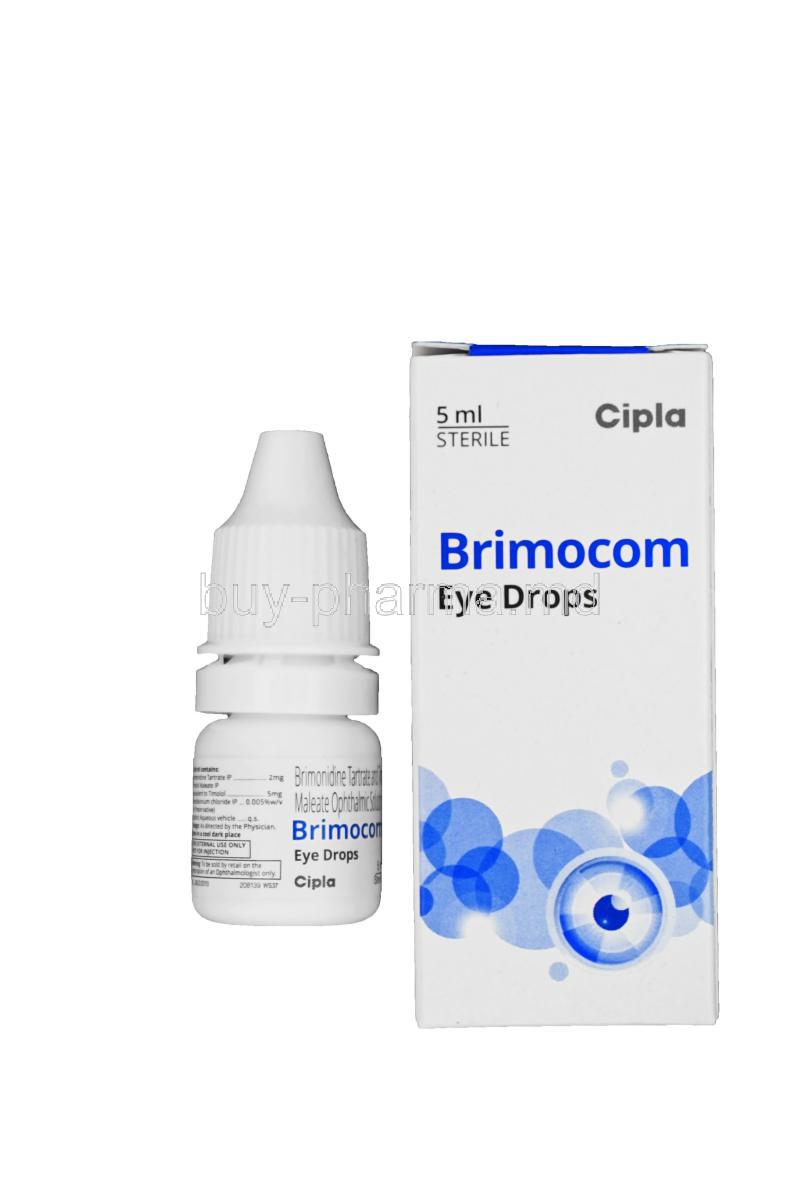

Blocking of beta-receptors, especially by nonselective beta-blockers, may cause bronchial constriction (narrowing of the airways). They may be used following a myocardial infarction ( heart attack) to improve survival rates. Potencies for the displacement of 3 H-dihydroalprenolol radioligand binding to membranes obtained from rabbit-iris ciliary bodies by -adrenoceptor agonists was in the order: isoproterenol epinephrine > salbutamol > terbutaline > tazolol > norepinephrine. Beta-adrenergic receptor blockade reduces cardiac output in both healthy subjects and patients with. Carvedilol and labetalol block alpha-1 adrenergic receptors in addition to beta receptors, which lowers blood pressure and further vasodilates the arteries.īeta-adrenergic blocking agents are used to treat angina, control abnormal heart rhythms and to reduce high blood pressure. 2 (non-selective) adrenergic receptor blocking agent that does not have significant intrinsic sympathomimetic, direct myocardial depressant, or local anesthetic (membrane-stabilizing) activity. Others (such as betaxolol, metoprolol, pindolol, and propranolol) have membrane stabilizing activity.

Some beta-blockers (for example acebutolol, carteolol, labetalol, penbutolol, pindolol) are called partial agonists and possess intrinsic sympathomimetic activity (ISA) because they partially activate the beta-receptor while preventing norepinephrine from binding to the receptor. Beta blockers antagonize b1 and b2 receptors in the ciliary body's. Beta-2 receptors are found in vascular smooth muscle such as in the blood vessels and the muscle lining the airways. 24.2 The 242 SITA-Standard pattern deviation of the right eye of the woman shown in. Some, like atenolol, are only cardioselective at low dosages.īeta-1 and beta-2 receptors are both found in the heart, although beta-1 receptors are the predominant type. Beta-adrenergic blocking agents are commonly referred to as beta-blockers.īeta-blockers can be grouped into those that are non-selective (block both beta-1 and beta-2 receptors, such as nadolol, penbutolol, pindolol, propranolol, sotalol, and timolol), and those that are cardioselective (only block beta-1 receptors, and include acebutolol, betaxolol, bisoprolol, esmolol, and metoprolol). This prevents sympathetic stimulation of the heart and reduces heart rate, cardiac contractility, conduction velocity, and relaxation rate which decreases myocardial oxygen demand and increases exercise tolerance. Anderson DR : Beta adrenergic responsiveness of choroidal vasculature. Beta-adrenergic blocking agents are a class of medicines that bind to beta-adrenoreceptors and prevent the binding of norepinephrine and epinephrine at these receptors. At present, we have a topical drug, a beta - 1 blocker ( such as betaxolol ).


 0 kommentar(er)
0 kommentar(er)
